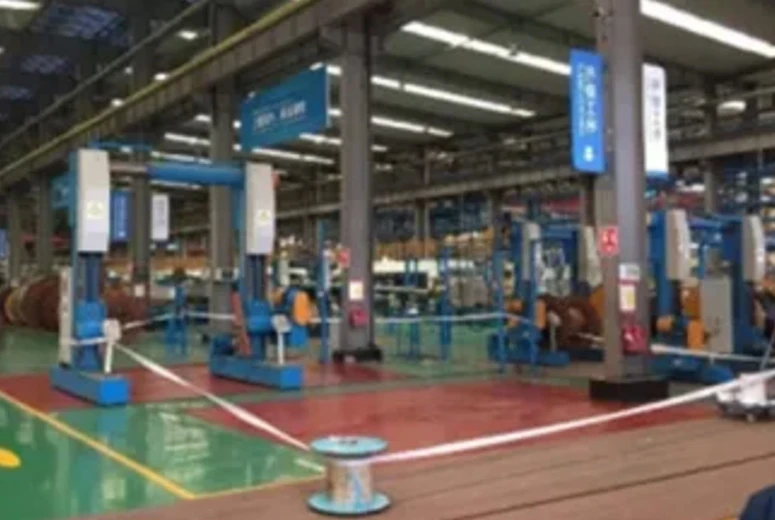Nov . 08, 2024 19:32 Back to list
air valve
Understanding Air Valves Function, Types, and Applications
Air valves play a critical role in various applications across multiple industries, acting as essential components in air flow management and control. They are devices designed to regulate the entry and exit of air within systems, preventing backflow while allowing the necessary air volume to pass through. This article explores the function, types, and applications of air valves, highlighting their importance in both industrial and domestic settings.
Function of Air Valves
The primary function of air valves is to ensure the proper flow of air within a system while maintaining a pressure equilibrium. They help to prevent potential issues such as air blockages, contamination, or back pressure that could damage equipment or reduce efficiency. Air valves are commonly used to facilitate the venting of air in pipelines and tanks, ensuring that systems remain pressurized and operational. By allowing trapped air to escape, they help maintain the effectiveness of liquid transport systems, enhancing overall performance.
Moreover, air valves can assist in preventing cavitation in pumps and other equipment by allowing air to vent from the system, thus reducing the risk of operational failure. Their ability to automatically open and close under varying pressure conditions significantly contributes to buffering pressure surges, which could otherwise lead to leaks or bursts.
Types of Air Valves
There are several types of air valves available, each designed for specific applications and environments. A few key types include
1. Hydraulic Air Valves These valves are specifically designed for hydraulic systems, allowing for the introduction or release of air during the operation of hydraulic machinery.
2. Float Air Valves Commonly used in water storage tanks, these valves incorporate a float mechanism that opens and closes based on the water level, enabling air to escape only when necessary.
air valve

3. Automatic Air Release Valves These are used in pipelines to remove air during the filling process. They automatically open to vent air and close when water enters, allowing for efficient pipeline operation.
4. Vacuum Relief Valves Designed to prevent negative pressure in storage tanks and vessels, these valves allow air to enter when there’s a vacuum, protecting tanks from implosion.
5. Pressure Relief Valves These are critical in applications where overpressure can lead to failures. They open at a set pressure to release air, thus preventing damage or leaks.
Applications of Air Valves
The versatility of air valves means they find applications across numerous sectors. In the water and wastewater industry, air valves are vital for maintaining system pressure and preventing air entrapment, which can lead to pump inefficiencies and mechanical failures. In the chemical processing industry, air valves help manage the atmosphere in storage tanks, preventing the contamination of sensitive materials.
Additionally, air valves are significant in HVAC (Heating, Ventilation, and Air Conditioning) systems, where they assist in regulating airflow to ensure even temperature distribution throughout buildings. They are also used in pneumatic systems, helping control the movement of compressed air for machinery and tools.
In the automotive industry, air valves are crucial components in mufflers and exhaust systems, helping to enhance engine performance by managing exhaust flow. Similarly, in the aerospace sector, they play a role in atmospheric control within aircraft cabins, ensuring passenger comfort at various altitudes.
Conclusion
Air valves are indispensable components in various industries, providing effective air flow management and ensuring system efficiency and safety. Understanding the types and functions of air valves allows for better selection and application in relevant systems, leading to improved performance and reduced operational risks. As technology evolves, the development of smarter and more efficient air valves will continue to enhance their role in industrial, commercial, and residential applications, delivering critical support for fluid dynamics and environmental control. With their vast applications and benefits, air valves undoubtedly deserve recognition as vital elements in the design and operation of modern systems.
Share
-
Advanced Technology in Wire and Cable FactoryNewsAug.19,2025
-
Applications of Ball Check Valve in Water Treatment PlantsNewsAug.19,2025
-
How Osy Gate Valve Ensures Leak - Tight SealingNewsAug.19,2025
-
Selection Criteria for Wafer Type Butterfly ValveNewsAug.19,2025
-
Threaded Ball Valve Pressure RatingsNewsAug.19,2025
-
Y Strainer PN16 Cost - Effectiveness AnalysisNewsAug.19,2025


